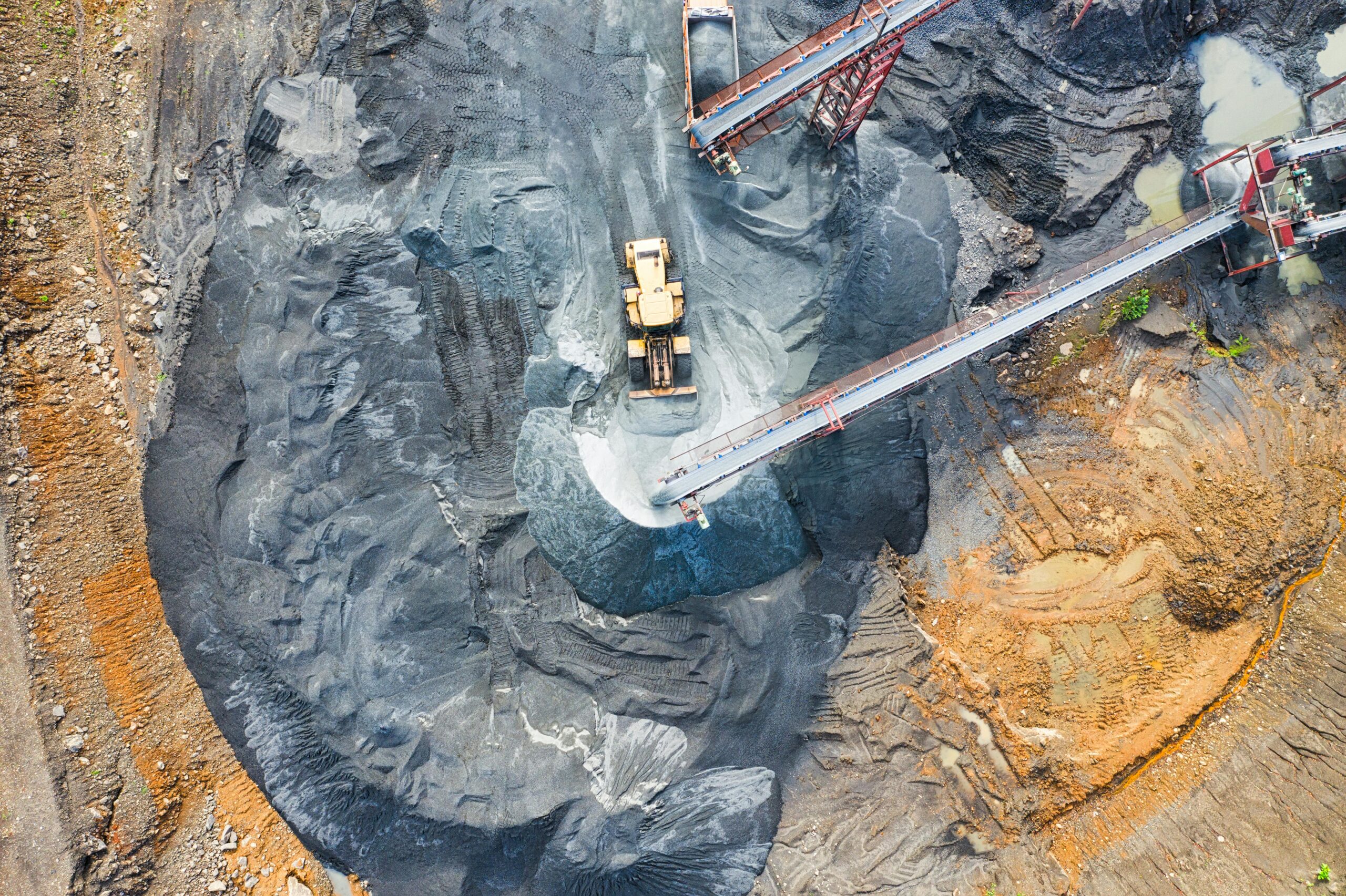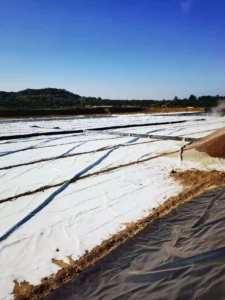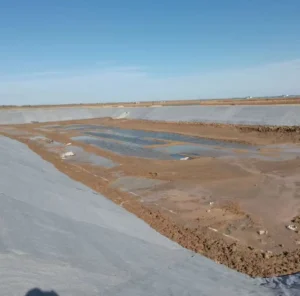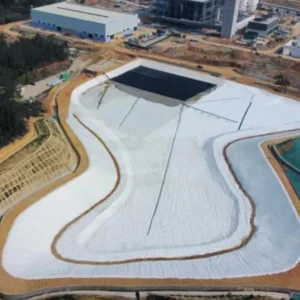Introduction
In the mining industry, tailings pond failures represent one of the most severe environmental hazards. High-density polyethylene (HDPE) geomembranes have emerged as the gold standard for containment systems, offering unparalleled protection against seepage and contamination. This article explores the technical advantages, installation best practices, and real-world applications of HDPE geomembranes in tailings management.
The Growing Need for Reliable Containment
Recent catastrophic failures have underscored the importance of robust tailings pond design:
-
The 2022 Copper Mountain breach released 2.3 million cubic meters of slurry
-
Contaminants included arsenic (45 mg/L), lead (32 mg/L), and cadmium (8 mg/L)
-
Total remediation costs exceeded $32 million USD
Global regulations are tightening:
-
ICOLD Bulletin 121 mandates minimum 1.5mm liner thickness
-
Canadian DAM Guidelines require ≥2.0mm for high-risk facilities
-
EU Mining Waste Directive specifies ≤1×10⁻⁹ m/s permeability
HDPE Geomembrane: The Superior Choice
Material Science Breakthroughs
Modern HDPE formulations incorporate:
-
Carbon black (2-3%) for UV resistance
-
Antioxidants to prevent oxidative degradation
-
Flexible polymer chains for stress crack resistance
Performance Comparison Table
| Characteristic | HDPE Geomembrane | Compacted Clay | GCL |
|---|---|---|---|
| Permeability (cm/s) | 1×10⁻¹³ | 1×10⁻⁷ | 1×10⁻⁹ |
| Installation Time | 2-3 weeks | 8-12 weeks | 4-6 weeks |
| Chemical Resistance | Excellent | Poor | Moderate |
| Lifetime Cost ($/m²) | 12.50 | 18.75 | 22.40 |
Advanced Installation Methodology
Subgrade Preparation Protocol
-
Surveying with 3D laser scanning (≤5mm accuracy)
-
Removal of angular particles >20mm
-
Dynamic compaction to 95% Standard Proctor
-
Moisture content maintained at ±2% of OMC
Welding Quality Assurance
-
Automated hot wedge welders with temperature feedback
-
Non-destructive testing:
-
Ultrasonic testing for seam continuity
-
Vacuum box testing at 25kPa
-
Peel tests (minimum 50N/mm)
-
Case Study: OBI Nickel Project Deep Dive
Project Parameters
-
Location: Halmahera, Indonesia
-
Liner Area: 1.8 million m²
-
Design Life: 50 years
-
Seismic Zone: IV (0.4g PGA)
Technical Specifications
-
Primary Liner: 2.0mm textured HDPE
-
Secondary Liner: 1.5mm smooth HDPE
-
Protection Layer: 500g/m² nonwoven geotextile
Performance Results
-
Zero leaks after 3 years of operation
-
Seam strength maintained at 28N/mm (vs. initial 30N/mm)
-
Saved $3.2 million in annual monitoring costs
Emerging Technologies in Containment
-
Smart Liner Systems
-
Embedded fiber optic sensors for strain monitoring
-
RFID-tagged seams for maintenance tracking
-
IoT-enabled leak detection (0.1L/min sensitivity)
-
Robotic Installation
-
Autonomous welding robots for consistent seam quality
-
Drone-based infrared inspection
-
AI-powered defect recognition
Maintenance Best Practices
Quarterly Inspection Checklist
-
Visual examination for surface abrasions
-
Cover soil thickness measurements
-
Settlement monitoring with GPS benchmarks
-
Water quality testing at monitoring wells
Conclusion
HDPE geomembranes represent the most technically advanced solution for tailings containment, combining exceptional physical properties with proven long-term performance. As mining operations face increasing environmental scrutiny, proper selection and installation of HDPE lining systems becomes not just an engineering choice, but a corporate responsibility.
Call to Action
Download our free “Tailings Pond Liner Design Handbook” or schedule a consultation with our geosynthetics specialists to evaluate your containment needs.






